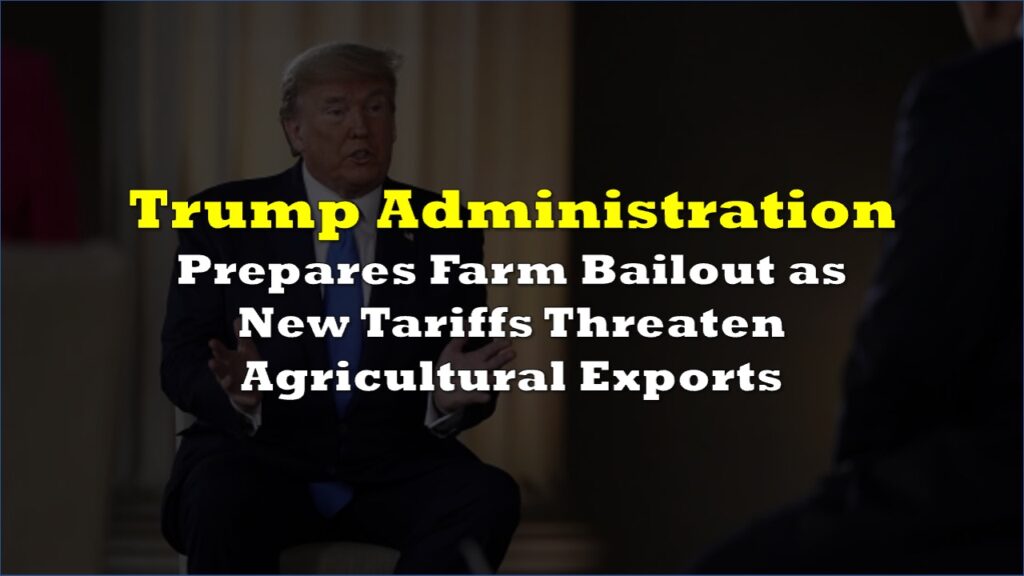The federal and Ontario governments will pump $78.8 million into a century-old paper mill facing closure, buying time for a facility struggling against the long-term decline of North American newsprint markets.
The federal government announced on October 17 that it would provide a $12 million loan to Kap Paper, with Ontario adding $16.8 million on top of $50 million in previous provincial support. The intervention prevents the immediate closure of the Kapuskasing mill, which employs 420 workers directly and supports an estimated 2,500 jobs across the regional forestry sector.
But the intervention comes as the mill faces what economists call “secular decline” — a permanent structural shift away from its core product rather than a temporary market downturn.
Industry in Freefall
Industry analysts project North American newsprint demand will drop another 15-20% in 2025 as newspapers continue their migration to digital platforms. The mill has struggled with what management describes as excess production capacity in paper markets, with prices falling even in export markets.
Jobs Minister Patty Hajdu described the federal loan as an “exceptional one-time measure” to give the company time to develop what she called a “pivot strategy” away from traditional newsprint. Her letter to the company emphasized that the funding “is not a confirmation of any ongoing operating support” and requires the mill to meet specific milestones within months.
The company had threatened to idle operations in late September after federal support failed to materialize quickly enough, setting off alarm bells across the region.
Keep it from closing before when? What's $12 million going to do? Is the Minister aware of how antiquated the paper machines are in the Kapuskasing mill? And we wonder why Canada has a productivity problem. pic.twitter.com/rM8FmJhriA
— Mikal Skuterud (@mikalskuterud) October 17, 2025
Critics argue that channeling nearly $80 million into a declining sector represents the kind of capital misallocation that suppresses productivity growth — keeping resources trapped in sunset industries rather than flowing to more competitive sectors.
The newsprint industry has been contracting for years. Ontario once operated 16 or more paper mills; today, only three remain, including facilities in Dryden and Kapuskasing. The 2023 closure of Domtar’s Espanola mill eliminated another major chip processor, leaving Kap Paper as the last in northeastern Ontario.
From this perspective, the bailout prevents labor and capital from redeploying to higher-productivity uses, potentially explaining persistent productivity challenges across the broader Canadian economy.
The Integration Defense
For supporters, Kap Paper isn’t just another struggling business — it operates as a critical node in an integrated forestry supply chain that could unravel if the mill closes.
Kapuskasing Mayor Dave Plourde explained the mill consumes wood chips and sawdust from three regional sawmills. Without that outlet, chip piles would become landfill and sawmills would be forced to close, triggering cascading job losses across the logging and transport sectors.
“These mills consume the byproduct of making lumber. They take the best of what’s left, and they make paper, and then they burn the rest of it to make energy. We use 100% of the log,” Plourde said.
The facility is northeastern Ontario’s only remaining operation that processes wood chips and biomass following the 2023 closure of Domtar’s Espanola mill. Its loss would effectively strand the region’s forestry infrastructure.
Danny Whalen, president of the Federation of Northern Ontario Municipalities, warned the mill’s closure would create ripple effects throughout the North. “The Kap Paper mill is an anchor for our region’s economy. Without urgent and coordinated intervention from both levels of government, we risk losing hundreds of jobs, destabilizing communities, and undermining Ontario’s forestry sector,” he said.
The impacts would extend beyond Kapuskasing to Hearst, Cochrane, and multiple First Nations communities, he added.
Bridge or Crutch?
The structure of the federal support suggests Ottawa views this as temporary stabilization rather than a permanent subsidy. The loan comes with conditions, including regular financial reviews and explicit deadlines for developing alternative business strategies.
The company had been negotiating with Ontario for two years on a 40-megawatt cogeneration plant that would consume forest biomass, potentially offering a path away from newsprint dependency. Those talks stalled when the province indicated it wanted federal engagement before proceeding.
Whether $12 million in federal dollars and several months can achieve a business transformation that market forces haven’t accomplished in years of declining demand remains unclear.
Economists note that the social costs of rapid community collapse — including unemployment insurance, retraining programs, and exodus from remote regions — can exceed short-term bailout costs. But they also point out that delaying adjustment can ultimately make transitions more painful by maintaining false hope and preventing workers from adapting sooner.
Political Calculations
The rescue also reflects political realities. The mill sits in a region where both federal and provincial governments face pressure to demonstrate support for northern communities.
Ontario’s Natural Resources Minister Mike Harris had criticized Ottawa for failing to match provincial support, setting up an intergovernmental blame game before the latest federal intervention.
Hajdu’s announcement acknowledged the mill faces closure “because of the impact of tariffs and changes in newsprint markets” — framing external pressures rather than internal inefficiency as the culprit.
The loan requires Kap Paper to present its long-term viability plan within months. That timeline will test whether government intervention can successfully redirect a business facing permanent market decline — or whether it simply raises the ultimate cost of failure.
Information for this story was found via the sources and companies mentioned. The author has no securities or affiliations related to the organizations discussed. Not a recommendation to buy or sell. Always do additional research and consult a professional before purchasing a security. The author holds no licenses.










One Response
Why support a dying industry? What a waste of taxpayers’ money? And you want me to keep faith in governments managing my taxes? What’s wrong with politicians???????